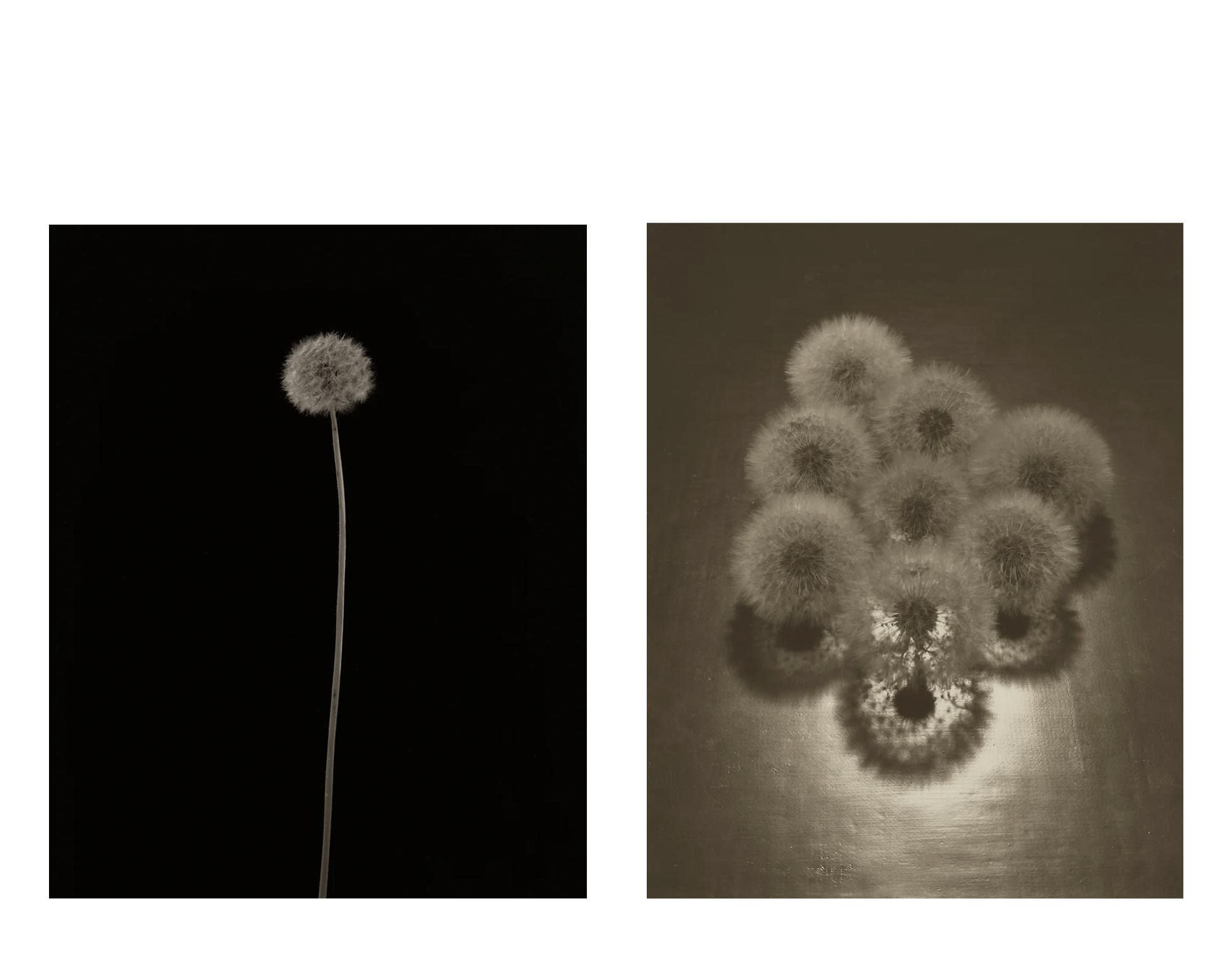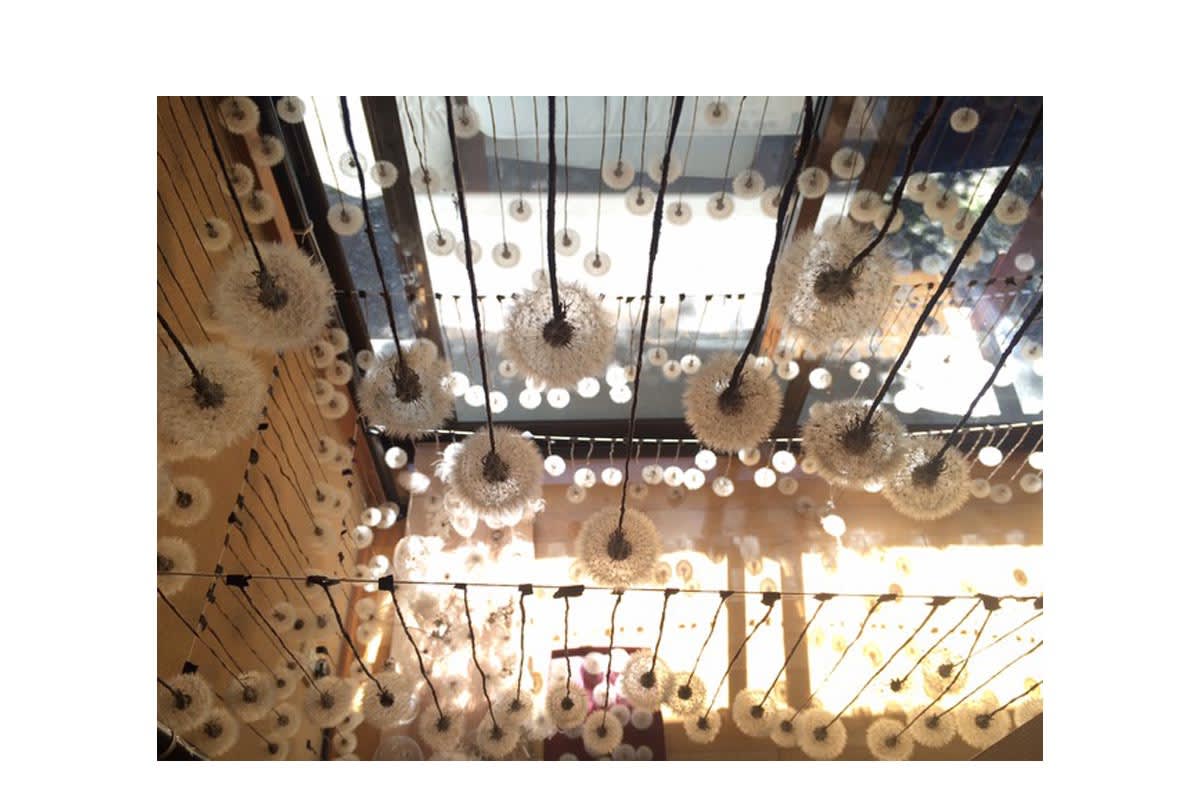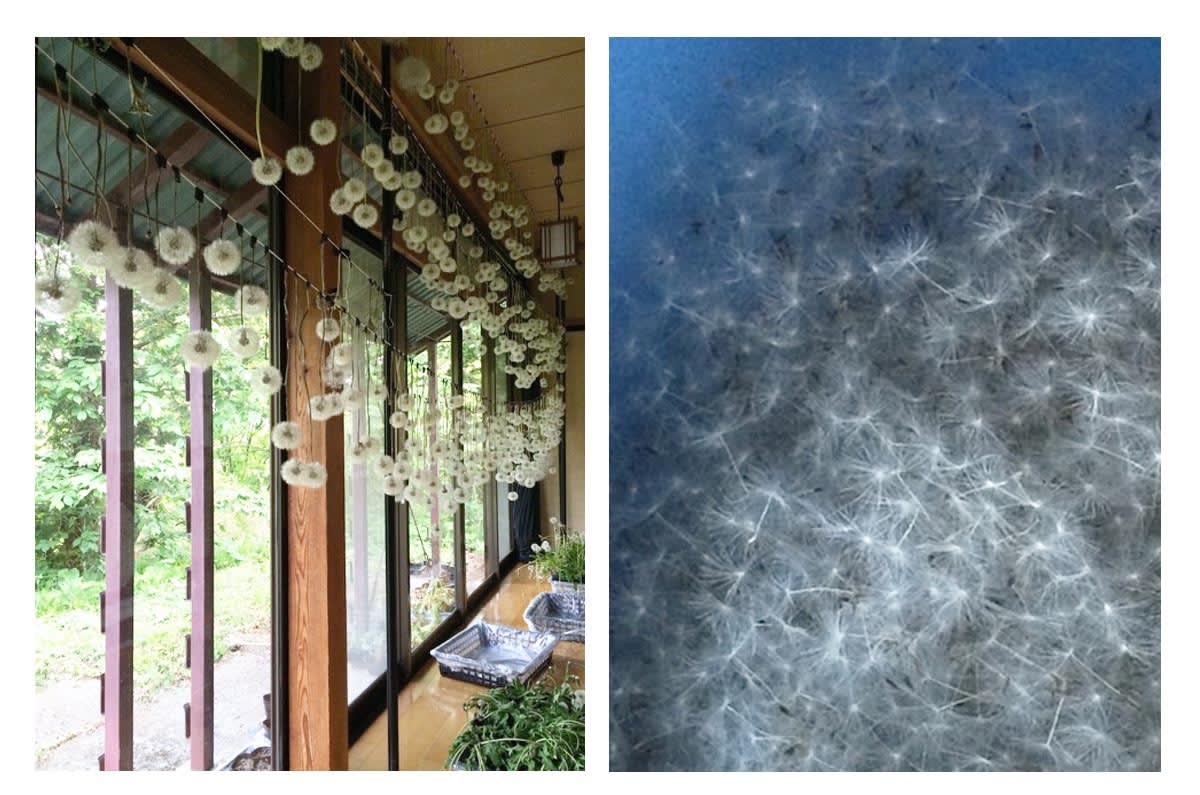
"200 Two Hundred", 2014 by Ryuji Taira
Taira's artistic journey is rooted in a lifelong fascination with nature's mysteries. From childhood, he has explored profound questions about life's order and humanity's essence. Through photography, Ryūji captures the essence of the world, finding inspiration in dandelions and butterflies. His work celebrates diversity and individuality through the cultivation and documentation of dandelions, reflecting a unique philosophical perspective on nature and art.
Join us as we delve into Ryūji's captivating exploration of the natural world through the lens of photography.

From right: "Bound", 2014
"Tanpopo #3", 2004
Q: Please tell us about the beginning of your career as an artist.
I wanted to be able to work with light because I believe that the answer to the philosophical reason for being in this world is light.
When I was a child, I wondered where people come from, where they go, and why they are here. And why are we here now? I always wondered. I believed I would find the answers by being in nature, such as running the fields, picking flowers, chasing butterflies, and catching fish in the creek.
Since that time, I have always been interested in light. In my teens, I learned that photography, as a method of expression, was an art technique that allowed me to pursue light. At that time, I had no interest in cameras. I wanted to be able to handle light and began to study photography in earnest. And I am still in the middle of my studies.
Q: Please share the emotions behind your artworks, which feature natural elements like cotton fluff and butterflies, creating a unique world different from typical snapshots.
As one of the expressions of photography, I believe there are works that, unlike snapshots, consist of complex and precise compositions and give a sense of the flow of time through repetition. Through this photographic approach, which is different from that of a snapshot, I intend to express the "ephemeral cycle of life" as a photographic subject and its constancy in the world.
Q: How do you choose which plants become your subjects for photography?
The fluff is an expression of the homeostasis of nature, a symbolic design of the ephemeral life cycle, and it allows me to find diversity in nature. I have always wanted to know the secret of life's cycle of birth and death.
Even now, I continue to pursue the same topic, and the beauty of life is that it repeats its cycle. Growing my objects in the garden can deepen my exploration and further my observations. I am observing the inherent variation and diversity of fluff as a motif.
I see in the fluff the fragile life cycle of nature itself, and I also see in it a symbolic presence as large as the sky. Before 2008, the fluff series was a series that captured the entirety of the natural world. There, cotton wool appeared more often as a large symbol in the air.
The 2008 series with butterflies is an image of stepping into the forest, with butterflies and cicadas appearing as symbolic icons representing a close-up view of the world.

I take the choice of paper very seriously. The use of Gampi paper, Japan's finest paper, offers unique light transparency and chemistry with platinum chemicals to achieve extraordinary expressive qualities.
As for the black and white print, compared to color, monochrome will focus the audience on the minimum necessary silhouettes, gradations, tones, and sharpness to bring what was not visible in reality to the surface.
Q: How do you maintain a good relationship with the flower growers you work with?

"The continuity of life is found in everyday life and in the whole picture of the world."

Artist's Atelier Dandelion Farm
Q: How would you describe the philosophy that has remained constant throughout your career?
Through my work, I want to explore the "essence of the origin of life and continuity" that forms the basis of existence. I hope to express an aesthetic visual experience with an approach that differs from philosophy and natural science.
The continuity of life is found in everyday life and in the whole picture of the world. It continues tolerance and compassion. When the root of life is transformed, it creates more continuity, and the new arises.
I want to visualize the source of life and existence by confronting the motifs of nature, which are daily objects for me.I aim to create a symbolic object by visualizing the essence of the nature. To achieve this, I eliminate color and capture the essence of the image as a clear visual symbol.